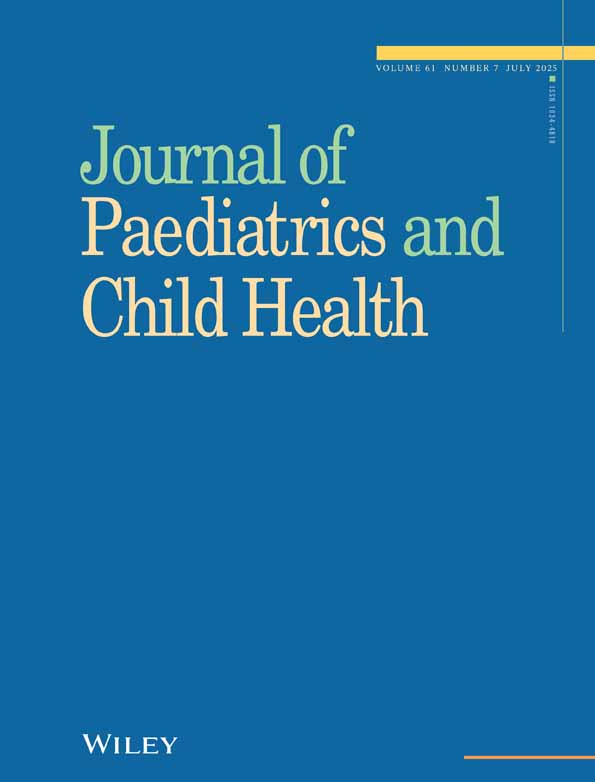Factors associated with medium-term response to psychostimulant medication
Abstract
Objective: To determine, in a sample of children first prescribed psychostimulants for attention deficit hyperactivity disorder (ADHD) between 1992 and 1994, which child and family factors, components of assessment, and aspects of management, were associated with a favourable treatment response, and with parental satisfaction with management.
Methodology: Data were obtained by mail survey in March 1995. Factors considered potentially significant to treatment response and parental satisfaction were entered in a three-step hierarchical multiple regression equation.
Results: Responses were received from 788 (59.7%) of a possible 1319 parents. Items making a significant individual contribution to both improvement and parental satisfaction were: younger age of the child; amount of information provided by the clinician; shorter interval between review appointments; continued use of medication; and fewer treatment side effects. Items contributing only to treatment response were: longer time taken over establishing the diagnosis; and the use of parent and teacher checklists in assessment.
Conclusions: These data support early intervention for ADHD. A considered approach to assessment which includes the use of parent and teacher checklists is recommended. Providing adequate information to parents and children is essential. Review intervals of less than 6 months appear to foster better outcomes.




